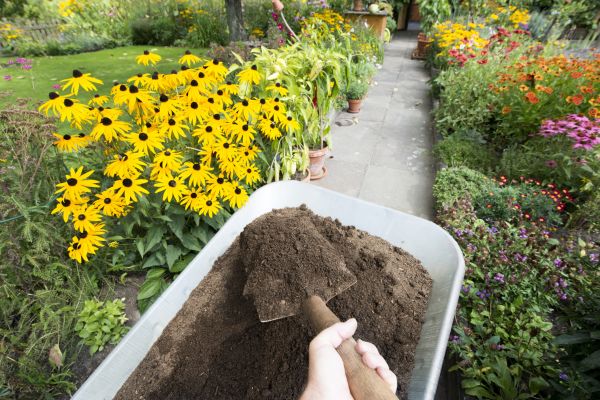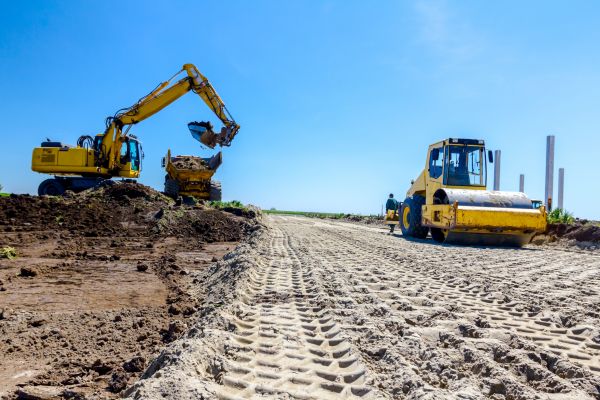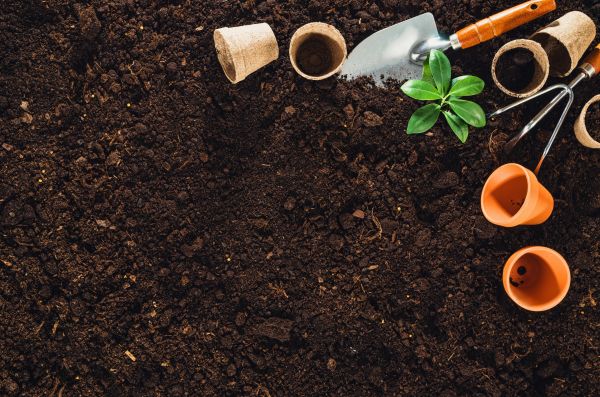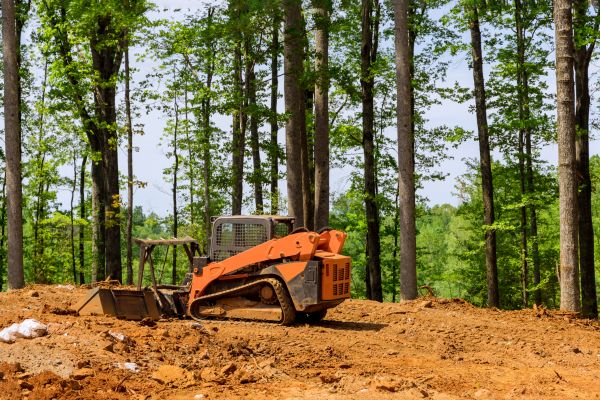Soil Spreading Service
Affordable Soil Spreading
Soil spreading is a vital agricultural and landscaping practice that involves distributing soil over a specific area to improve its quality and fertility. This process can enhance the structure, nutrient content, and overall health of the soil, making it more conducive for plant growth. By leveling uneven landscapes and enriching depleted soils, soil spreading supports sustainable land management and promotes robust vegetation. The importance of soil spreading lies in its ability to transform barren or underproductive land into thriving ecosystems, thus playing a crucial role in agricultural productivity and environmental conservation.
Benefits of Soil Spreading
-
Improved Soil Fertility
Soil spreading enhances the fertility of the land by evenly distributing nutrient-rich soil, which is essential for healthy plant growth. This process helps replenish nutrients that may have been lost due to erosion or previous cultivation, ensuring that plants have access to the vital elements they need to thrive. -
Erosion Control
By leveling the land and stabilizing the soil, soil spreading can significantly reduce the risk of erosion. This is particularly important in areas prone to heavy rainfall or wind, where soil can easily be washed or blown away. Properly spread soil acts as a protective layer, keeping the underlying ground intact and preserving the landscape. -
Enhanced Water Retention
Soil spreading can improve the soil's ability to retain water, which is crucial for sustaining plant life, especially in dry or arid regions. By improving soil structure and increasing organic matter content, this process helps the soil absorb and hold onto moisture more effectively, reducing the need for frequent irrigation. -
Increased Crop Yields
With improved fertility and better water retention, soil spreading can lead to higher crop yields. Farmers and gardeners can benefit from more abundant and healthier produce, making soil spreading an investment in both short-term productivity and long-term land sustainability.
FAQs About Soil Spreading
What is the best time of year to spread soil?
The optimal time for soil spreading depends on the climate and specific land conditions, but it is generally recommended during the growing season when plants can immediately benefit from the enhanced soil.
How thick should the soil layer be when spreading?
The thickness of the soil layer can vary based on the intended purpose, but a general guideline is to spread a layer between 2 to 4 inches thick to ensure adequate coverage and benefits.
Can soil spreading help with poor drainage issues?
Yes, soil spreading can improve drainage by enhancing soil structure and increasing permeability, which allows excess water to drain more efficiently.
Is soil spreading environmentally friendly?
When done correctly, soil spreading is environmentally friendly as it promotes healthier ecosystems, reduces erosion, and supports sustainable land use practices.
Fill out the contact form today to request professional Soil Spreading services and experience the benefits of improved soil fertility, erosion control, enhanced water retention, and increased crop yields.




